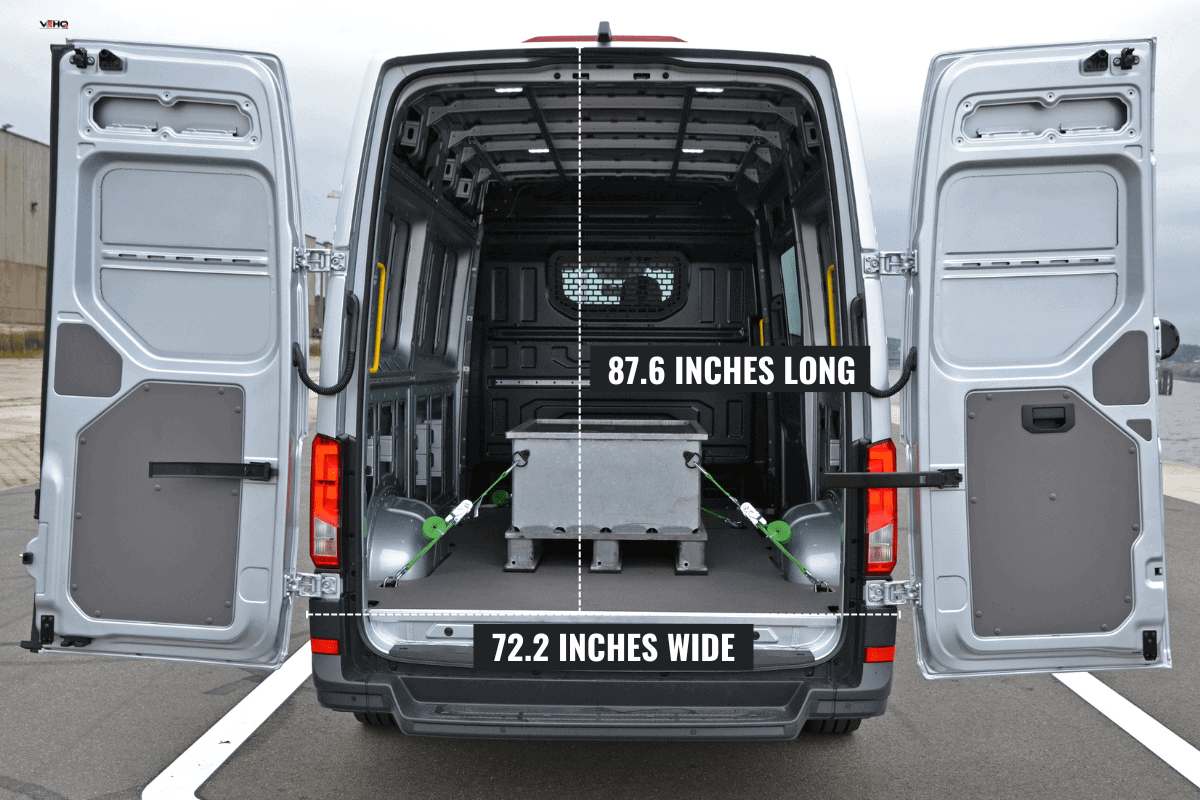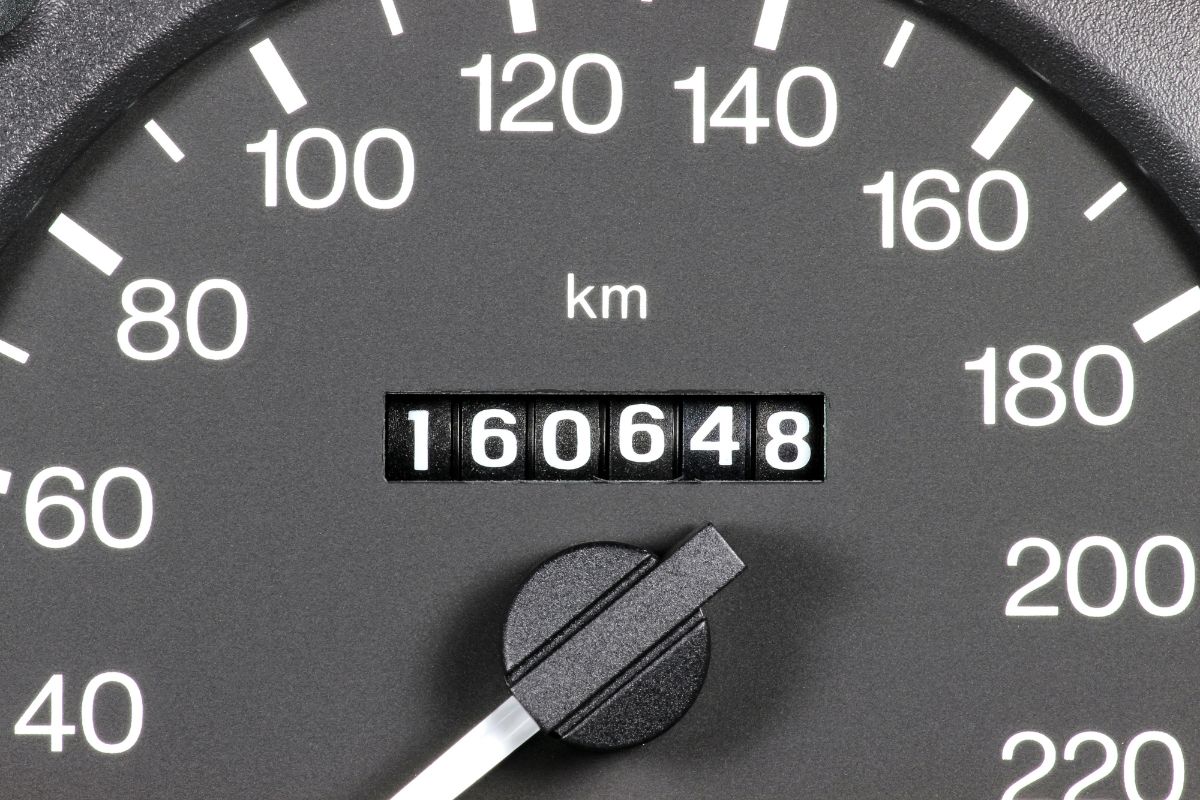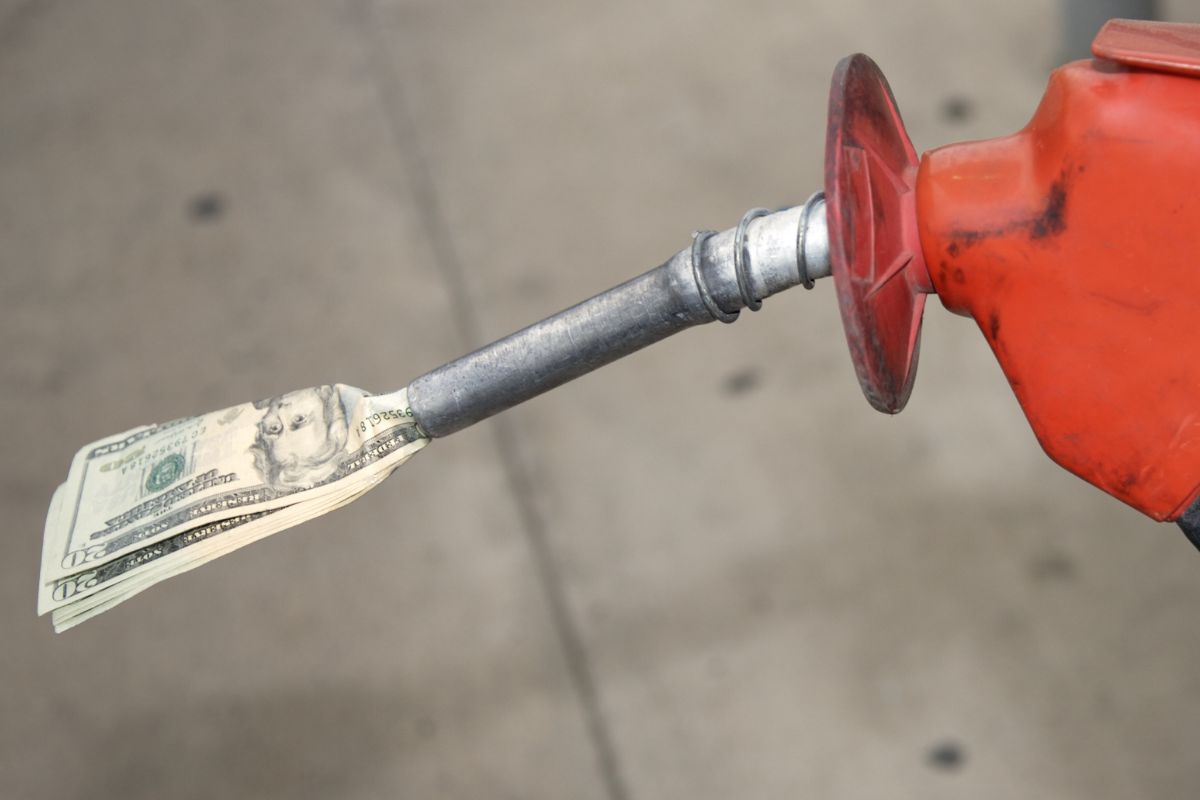If you need to haul a dirt bike but don't want to mess with a toy hauler or flatbed, a van can be a good alternative. But not all vans will be able to accommodate this smaller vehicle. If you are wondering if you can bring a dirt bike aboard a Ford Transit Connect, we can help.
We researched this vehicle from multiple professional sources, so you'll know if it is up to the job.
If the seats are configured properly, you will be able to fit most model dirt bikes inside a Ford Transit Connect.
Now that we know that the Ford Transit Connect can carry a dirt bike on board, we'll look at how this can be done. You might also be curious about how big the inside of this van is or if Ford is going to discontinue this model.
For the answers to these questions and more, read ahead in this post to see what our research has uncovered.
How to get a dirt bike on board a Ford Transit Connect
The Ford Transit Connect is the smaller version of the Ford Transit. Even though it is not as long, the Connect will still be able to hold a good amount of cargo. But for some larger or bulkier items, it will require you to make some adjustments.

The Connect is 190 inches long and 72.2 inches wide. Behind the first row of seats, you'll find that the cargo area measures 87.6 inches long, 48.7 inches wide, and 49.8 inches tall. This makes for a grand total of 145.8 cubic feet of cargo room.
Suppose you are wanting to carry your dirt bike on board a Connect. You'll first need to measure the overall length of the bike. Though the average dirt bike takes the tape out to only 82.8 inches, some will be much longer.
Prepare the cargo room for the bike
Before you begin to load the bike, you'll want to make sure that the cargo area of the Connect is ready for it. Due to the size of the typical dirt bike, you'll need to empty the cargo area so that there is room.
After the bike has been loaded and secured, you'll find that you'll be able to put other items back inside the rear of the Connect.
Place some moving blankets or flat cardboard on the floor of the Connect's cargo area. This will prevent dripping fluids from the bike or dirt and debris from soiling the floor.
Have some straps handy to help secure the dirt bike in place once it has been loaded.
Some disassembly might be required
Smaller dirt bikes might be able to be loaded and secured into the Connect all in one piece. But you may find that the wheels on your bike will need to be removed before they will be able to fit.
Carefully measure the entire length of your bike. If you need to take the wheel[s] off, do so and then stack them in the cargo area after the bike has been loaded. Additionally, you might find that you'll have to angle the bike in the cargo area rather than position it in straight.
How big is the inside of a Ford Transit Connect?

The interior of the Ford Transit Connect is smaller than its Transit counterpart. This vehicle will seat two people: the driver and one passenger. The seating room available has the following dimensions:
- Headroom: 46.9 inches
- Legroom: 41.5 inches
- Shoulder room: 57.6 inches
- Hip room: 54.2 inches
As we mentioned earlier, the cargo room in the Connect totals 145.8 cubic feet.
Is Ford discontinuing the Ford Transit Connect?
Since 2010, Ford Motor Company has offered the Transit Connect van in the U.S. market. But in August of 2022, it was announced by the automaker that the Connect would soon be discontinued. After the end of the 2023 production year, there would be no more Connects built.
The announcement makes the Connect join the ranks of the Chevy City Express and the Nissan NV200 as small commercial vans that, though popular, have been relegated to the dustbins of automotive history.
There are still options out there for newly produced models in this class, including the Ram ProMaster City and the Mercedes-Benz Metris.
Ford appears to be focusing their efforts on the Ford E-Transit van. This small van is an all-electric vehicle, allowing businesses to cart their goods through the cities without relying on petroleum.
The E-Transit is larger than the Connect, though it carries a substantially higher sticker price.
How long will a Ford Transit Connect last?

Companies that purchase smaller vans to transport their goods from place to place will often look for vehicles that have a history of proven longevity.
Replacing a fleet vehicle can come at a hefty cost, and getting a vehicle that will last is an important consideration for the budget.
A Ford Transit Connect does well as far as life expectancy. You can expect a minimum of 150,000 miles before it needs to be replaced, but many Connect owners have reported their vehicles being driven well over 250,000 miles.
If you drive the van an average of 15,000 miles each year, you'll be able to enjoy it for at least a decade.
Considering that these vehicles are subjected to a heavy amount of city miles, their lifespan is pretty impressive. City driving puts a lot more wear on a vehicle, making them not last as long.
Those who use the Connect mostly on the highways will most likely see their small vans last well over the 150,000-mile mark.
Keep the Ford Transit Connect well maintained
The best way to keep your Ford Transit Connect on the road for a long time is to keep it maintained. The owner's manual will outline and list each and every routine maintenance item that you will need to have performed. These all need to be done at the time and/or mileage intervals the manufacturer outlines.
Everything from routine oil and filter changes to belt replacements to mechanical inspections will go a long way in keeping your Connect safely on the road.
It's important not only because it makes the vehicle last longer but will also ensure that any warranty you have for it stays valid.
Don't ignore signs that it needs to be serviced
Though regularly scheduled maintenance is key to a vehicle's longevity, not all the problems a vehicle can have will present themselves only during these inspections. Sometimes things can go wrong without warning. This should prompt you to take immediate action.
Should you notice anything out of the ordinary with how your Connect is driving, don't ignore it. Any peculiar noise, vibrations, and even odors should prompt you to get your van in to be inspected by a professional.
Sometimes, the most expensive problems a vehicle can have will have early warning signs that you can detect. If you treat a problem early, it can help keep it from becoming a full-blown, expensive crisis.
Make sure you keep the van clean!
You might not think that a clean vehicle will last longer. But cleaning both the inside and outside of any vehicle is part of routine maintenance that you should be performing. This isn't just for looks, either.
Regular trips to the car wash will rid the undercarriage of harmful chemicals that can lead to rust.
This is especially true in the winter when road salt is often spread on the roads to melt snow and ice. This salt will make the metals of your vehicle oxidize over time and should be washed off whenever possible.
Keeping the inside clean will make your air filters last longer. You should also avoid smoking or vaping inside the van, as this can greatly damage not just the air filters but also the electronics.
What is the top speed of a Ford Transit Connect?

The Connect is not a speed demon by any means. But you'll find that it does whiz along the highways nicely. The top speed of the Connect is 110 miles per hour.
The Connect is a bit slower to accelerate than others in its same class. It will go from zero to sixty miles per hour in 10.6 seconds. Compare this to the Ram Promaster City RWD, which does this in 8.1 seconds.
How many miles per gallon does the Ford Transit Connect get?

The Connect has better-than-average fuel economy for its class. Overall, it will average 26 miles per gallon with regular gasoline. In the city, expect around 24 per gallon. Highway travel will yield 29 per gallon.
What you are carrying on board will impact the fuel economy, however. The engine will use more fuel the more weight it has to propel forward. Keep this in mind when budgeting long-distance trips with heavy cargo.
Final thoughts
The Ford Transit Connect has proven itself to be a reliable commercial van, capable of carrying bulkier items like your dirt bike. Take care of this van, and you'll find it lasting a decade or longer.
Expect good fuel economy from this vehicle, so long as the loads aren't at their maximum payload. Drive safe!
We hope this post on the Ford Transit Connect answered all of your questions. For additional helpful information, we recommend reading the following posts:
What Should Tire Pressure Be On Ford Transit? [Breakdown By Model And Year]
Can You Stand Up In A Ford Transit? Would It Make A Good Camper?
